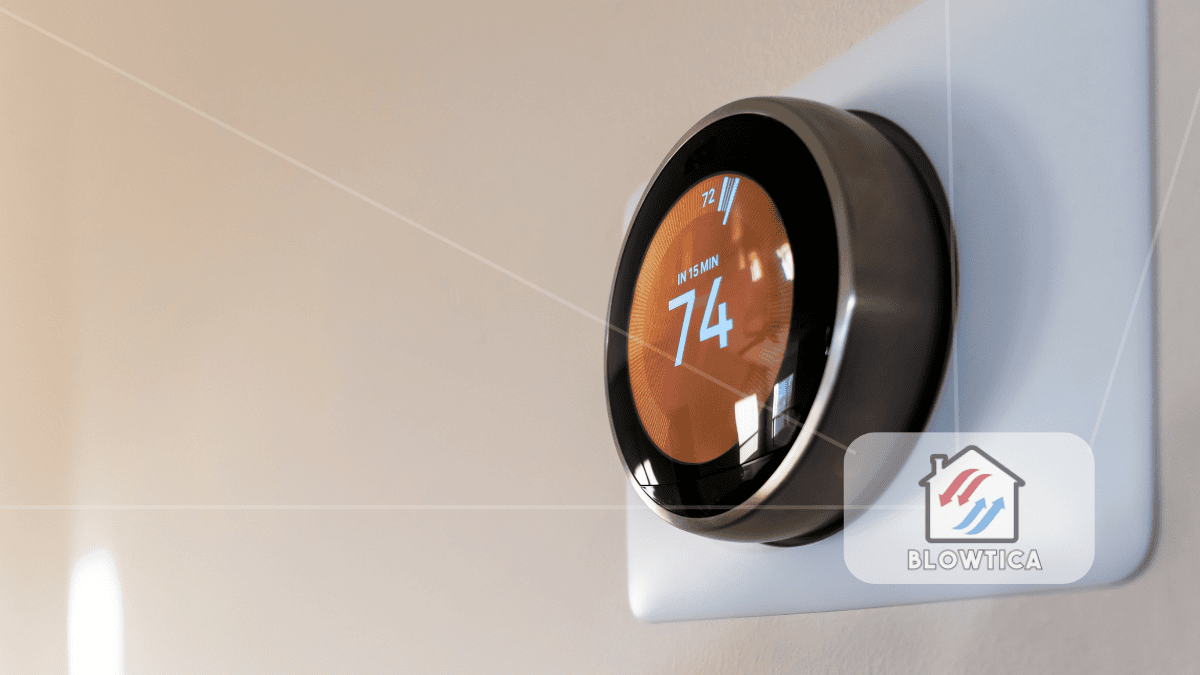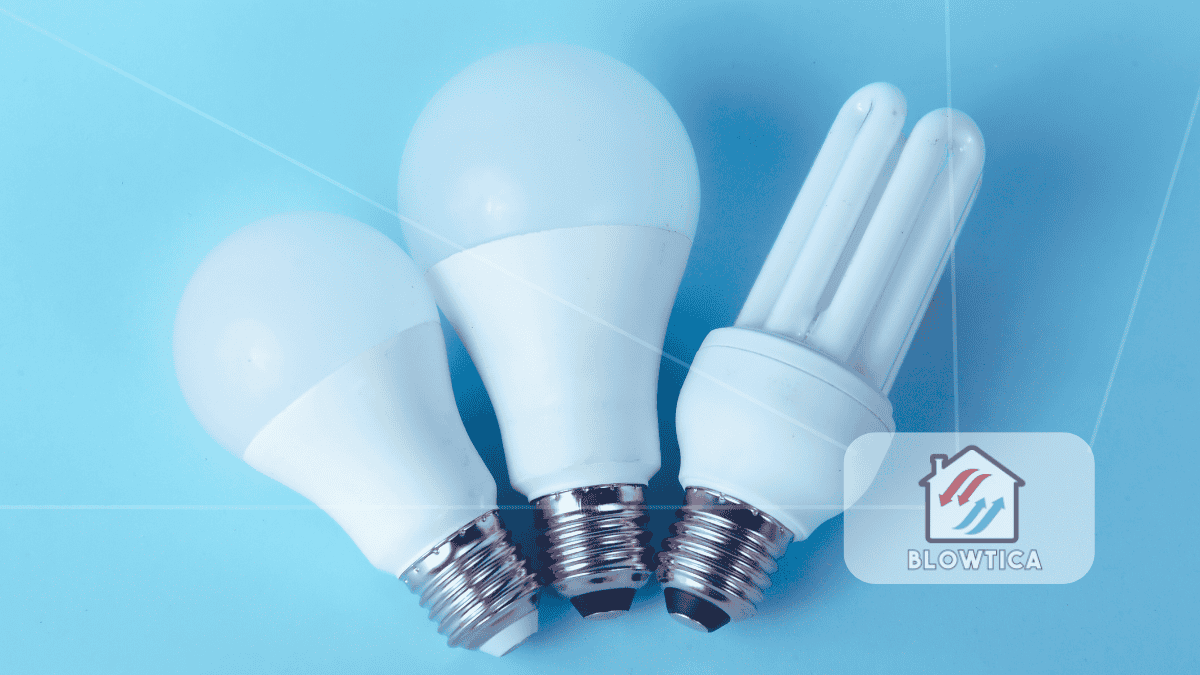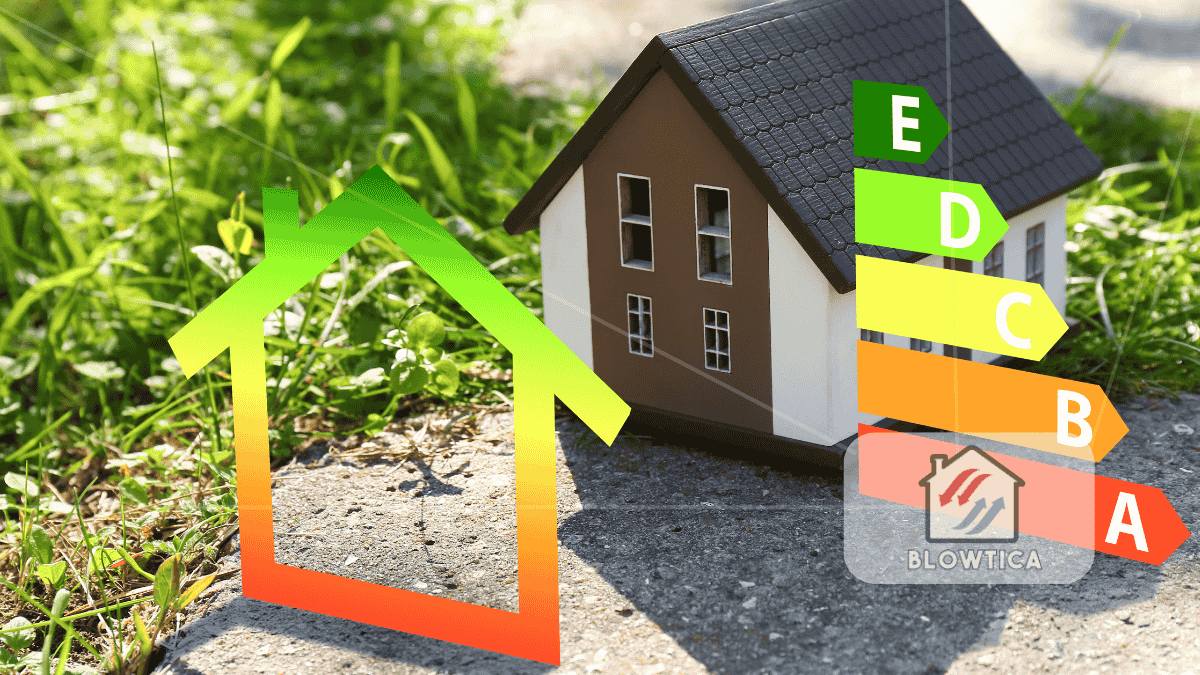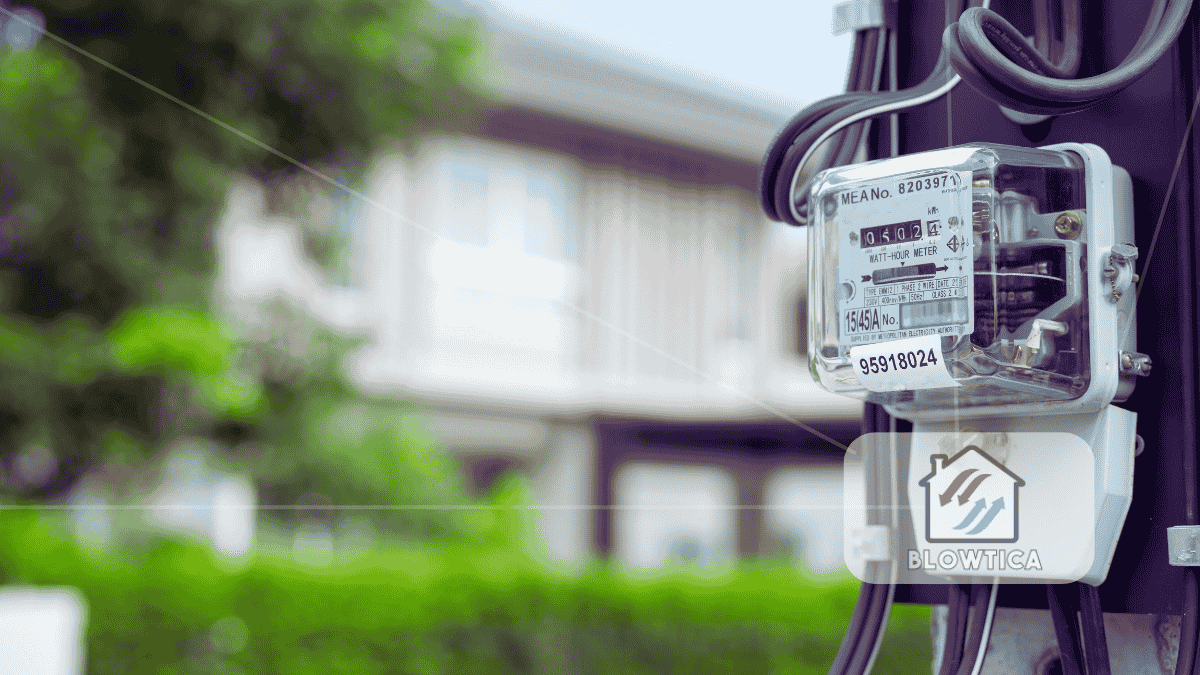
Smart home technology is changing the way we manage our energy use. Among the most popular innovations are smart thermostats. These devices promise to cut utility bills, boost comfort, and reduce environmental impact. But do they really live up to the hype? In this article, we take a hard look at smart thermostats, evaluating their features, savings potential, and how they fit into the bigger world of home energy devices.
What Are Smart Thermostats?
Smart thermostats are Wi-Fi-connected devices that automatically adjust your heating and cooling systems. Unlike basic programmable thermostats, they learn your behavior over time, respond to real-time conditions, and can be managed remotely through smartphone apps or voice commands.
Some of the most common features include:
- Learning algorithms that adjust to your routines.
- Motion detection or geofencing to determine occupancy.
- Energy usage reports and actionable insights.
- Compatibility with voice assistants and smart home platforms.
These features are designed to reduce energy waste while improving comfort.
Do Smart Thermostats Really Save Energy?
One of the biggest selling points of smart thermostats is energy savings. Studies suggest they can reduce heating costs by 10-12% and cooling costs by up to 15%. These numbers aren’t guaranteed for everyone, but they reflect the average for households that use the features effectively.
Users who previously made manual adjustments or left systems running unnecessarily tend to see the largest gains. On the other hand, homeowners who already practice good energy habits might notice only a small drop in their bills.
What matters most is how you use the device. If you engage with the data and allow the thermostat to automate energy-saving routines, the benefits become clear.
Added Comfort and Control
Beyond saving money, smart thermostats offer greater comfort and convenience. With features like room-by-room temperature control, scheduling, and remote access, you’re no longer stuck with a one-size-fits-all system.
Imagine adjusting the heat from your phone while lying in bed or having the air conditioning shut off automatically when everyone leaves for work. That kind of control not only makes life easier but also contributes to efficient energy use.
Voice control through devices like Alexa or Google Assistant adds another layer of ease. For households with varying schedules or multiple occupants, smart thermostats adapt quickly to real-time needs.
Upfront Costs and Long-Term ROI
Smart thermostats range from $100 to $250. Professional installation, if needed, adds another $100 or more. While that may sound steep compared to a basic thermostat, the return on investment can be worthwhile.
If your annual HVAC costs are $1,500, a 10% savings means $150 a year. In that case, even a top-tier $250 smart thermostat pays for itself in under two years.
Keep in mind that ROI depends on:
- Your energy usage patterns.
- Climate and seasonal variation.
- Size and layout of your home.
- How well you use the thermostat’s features.
For homes with high heating or cooling demands, the payoff can be even faster.
Compatibility and Installation Considerations
Not every HVAC system works out of the box with a smart thermostat. Older units may lack a C-wire, which provides consistent power to the device. In such cases, you may need an adapter or professional help.
Before buying, check the manufacturer’s compatibility guide and review your current system. Some thermostats are better suited for heat pumps, multi-zone systems, or boilers. Choosing the right model can save headaches down the line.
DIY installation is possible for many users, especially those with modern systems. Most devices come with clear instructions, and setup through mobile apps has become increasingly user-friendly.
Security and Privacy: What to Know
Smart thermostats collect data on your schedule, preferences, and occupancy patterns. This raises valid concerns about privacy and data security.
Leading brands encrypt data and allow users to customize privacy settings. Still, it’s important to:
- Use strong passwords.
- Enable two-factor authentication.
- Regularly update firmware.
Smart devices are only as secure as the networks they connect to. Taking basic cybersecurity precautions will help protect your home and personal data.
Smart Thermostats and the Bigger Picture of Home Energy Devices
Smart thermostats are a key part of the growing ecosystem of home energy devices. These products work together to reduce energy waste, track usage, and improve efficiency.
Examples of other devices in this category include:
- Smart plugs: Cut off standby power to electronics when not in use.
- Smart lighting: Adjust brightness or turn off based on occupancy and natural light.
- Energy monitors: Provide detailed breakdowns of your energy consumption.
- Connected appliances: Dishwashers, washers, and refrigerators that optimize power use based on demand.
Together, these tools offer a comprehensive approach to managing household energy. Smart thermostats often act as the central hub, giving users the data and control needed to make smarter decisions.
Who Gains the Most from Smart Thermostats?
Smart thermostats provide clear benefits, but some homeowners see more value than others. Here’s who benefits most:
- Large homes: Bigger spaces typically mean higher heating and cooling costs, making savings more significant.
- Families with unpredictable schedules: Automation handles the adjustments for you.
- Frequent travelers: Remote access lets you manage your system from anywhere.
- Tech-savvy users: Those who enjoy data and customization will get the most from advanced features.
- People in areas with extreme weather: Homes that rely heavily on HVAC systems get the highest return.
Conversely, renters or those living in mild climates may not see enough benefit to justify the investment unless the thermostat is included in the rental or offered at a discount.
Rebates and Utility Incentives
Many energy providers offer rebates for purchasing and installing smart thermostats. These incentives can range from $25 to $200, depending on the utility and location.
Some programs also provide bill credits or additional savings if you enroll in demand response initiatives, where your thermostat automatically adjusts during peak load times to reduce strain on the power grid.
Before buying, check with your utility company to see what’s available. These offers can significantly lower the cost and improve the ROI.
Real-World Use: What Users Are Saying
User reviews consistently highlight ease of use, noticeable savings, and better comfort control. Common positives include:
- Intuitive mobile apps.
- Improved temperature consistency.
- Fewer forgotten manual adjustments.
However, some users mention issues like:
- Initial learning curve.
- Connectivity problems in areas with weak Wi-Fi.
- Compatibility headaches with older systems.
Understanding the pros and cons from real users can help set realistic expectations.
Are Smart Thermostats Worth It?
The bottom line: smart thermostats can be a smart investment for many households. They save energy, increase comfort, and integrate well with other home energy devices. While they won’t eliminate your energy bill, they can chip away at it with minimal effort on your part.
Still, they aren’t for everyone. If you live in a rental, already manage energy use effectively, or don’t use heating and cooling much, the return may be less dramatic.
But if you’re building a smarter, more efficient home and want to take control of your energy consumption, smart thermostats are a solid place to start.
Final Thoughts
Smart thermostats have carved out a permanent spot in the evolving world of home energy devices. They’re more than just gadgets, they’re practical tools for anyone looking to lower utility costs and simplify home management.
When paired with other home energy technologies, the benefits compound. From remote control to energy insights, smart thermostats offer a powerful mix of convenience and savings. Just be sure to evaluate your home’s compatibility, explore available incentives, and choose a model that matches your needs.
Smart living starts with smarter choices. And in the landscape of home energy devices, smart thermostats make a strong case for themselves.







